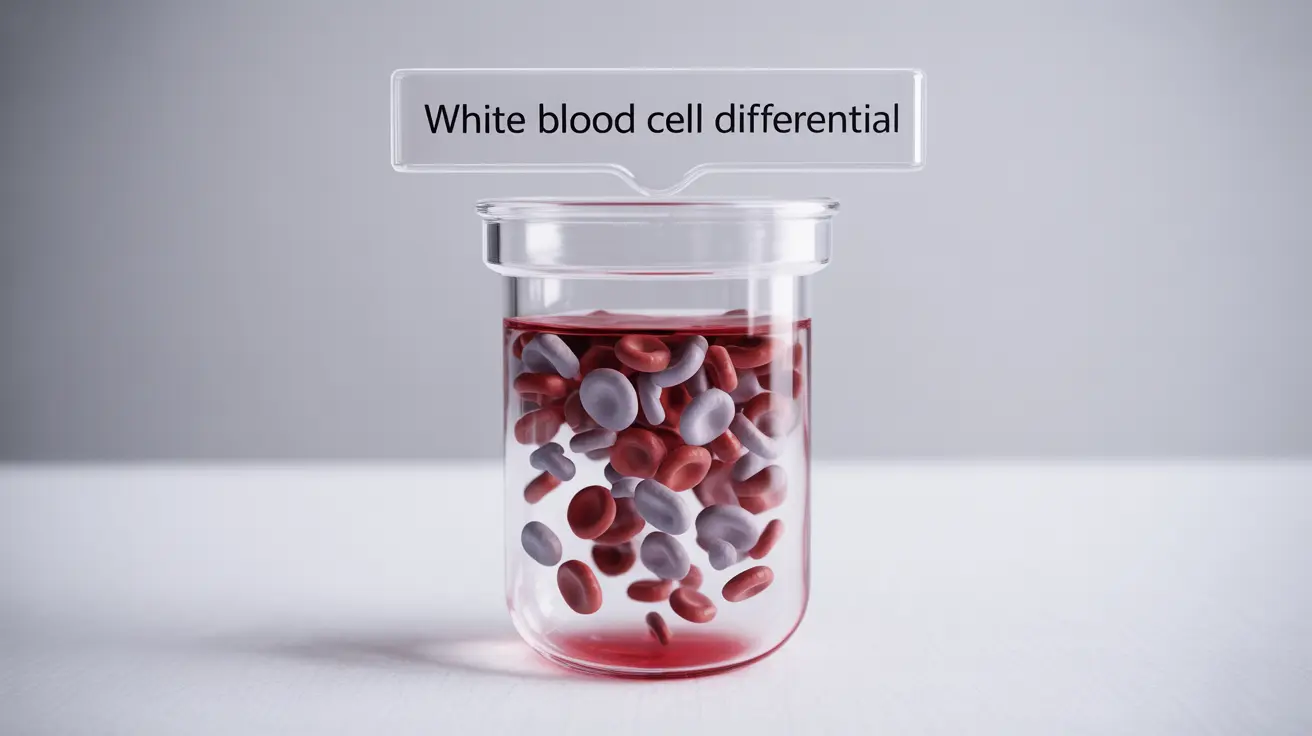Agranulocytosis is a serious blood condition characterized by a severe decrease in white blood cells, specifically neutrophils, which are crucial for fighting infections. This condition can leave individuals highly vulnerable to potentially life-threatening infections and requires prompt medical attention when suspected.
Understanding the causes, symptoms, and treatment options for agranulocytosis is essential for early recognition and proper management of this condition. This comprehensive guide will explore everything you need to know about this blood disorder and how it's addressed in modern medicine.
What is Agranulocytosis?
Agranulocytosis occurs when the body's neutrophil count falls dangerously low, typically below 500 cells per microliter of blood. Neutrophils are vital white blood cells that serve as the body's first line of defense against bacterial and fungal infections. When their numbers drop significantly, the immune system becomes severely compromised.
Common Causes and Risk Factors
Medication-Induced Agranulocytosis
Various medications can trigger agranulocytosis as a serious side effect. Common medications associated with this condition include:
- Antithyroid medications
- Certain antibiotics
- Some antipsychotic medications
- Specific anti-inflammatory drugs
- Various chemotherapy agents
Other Causes
Beyond medication-related causes, agranulocytosis can develop from:
- Autoimmune disorders
- Bone marrow conditions
- Genetic factors
- Viral infections
- Severe nutritional deficiencies
Recognizing the Symptoms
The primary symptoms of agranulocytosis often develop rapidly and may include:
- Sudden high fever
- Severe sore throat
- Mouth ulcers
- Extreme fatigue
- Chills and sweating
- Unexplained infections
- Weakness and general malaise
Diagnosis and Testing
Diagnosing agranulocytosis typically involves several key steps:
- Complete blood count (CBC) testing
- Bone marrow examination
- Medical history review
- Additional blood tests to determine underlying causes
- Genetic testing in some cases
Treatment Approaches
Immediate Interventions
Treatment for agranulocytosis often requires a multi-faceted approach, including:
- Discontinuation of suspected triggering medications
- Broad-spectrum antibiotic therapy
- Isolation to prevent infections
- Growth factor medications to stimulate neutrophil production
Supportive Care
Additional supportive measures may include:
- Regular monitoring of blood counts
- Nutritional support
- Prevention of exposure to potential sources of infection
- Management of underlying conditions
Prevention and Management
Preventing complications from agranulocytosis involves several key strategies:
- Regular blood count monitoring when taking high-risk medications
- Prompt reporting of symptoms to healthcare providers
- Maintaining good hygiene practices
- Avoiding crowds and potential sources of infection
- Following dietary restrictions as recommended by healthcare providers
Frequently Asked Questions
- What are the common symptoms that indicate agranulocytosis and how quickly do they develop?
Common symptoms of agranulocytosis typically develop rapidly, often within days, and include sudden high fever, severe sore throat, mouth ulcers, and extreme fatigue. These symptoms can appear quickly because of the body's severely compromised ability to fight infections.
- What causes agranulocytosis and which medications are most likely to trigger it?
Agranulocytosis can be caused by certain medications (particularly antithyroid drugs, antibiotics, and some antipsychotics), autoimmune conditions, bone marrow disorders, and genetic factors. Antithyroid medications like methimazole and propylthiouracil are among the most common medication triggers.
- How is agranulocytosis diagnosed through blood tests and what other tests might be necessary?
Diagnosis primarily involves a complete blood count (CBC) to measure neutrophil levels. Additional tests may include bone marrow examination, genetic testing, and other blood tests to determine underlying causes. Regular monitoring through blood tests is essential for patients at risk.
- What are the standard treatment options for agranulocytosis, including medication and supportive care?
Treatment typically includes stopping triggering medications, administering broad-spectrum antibiotics, and using growth factors to stimulate neutrophil production. Supportive care involves isolation precautions, nutritional support, and careful monitoring of blood counts.
- How can infections be prevented or managed in someone with agranulocytosis to avoid serious complications?
Prevention strategies include strict hygiene practices, avoiding crowds and sick people, proper hand washing, wearing protective masks when necessary, and maintaining a clean environment. Regular medical monitoring and prompt treatment of any signs of infection are crucial.




